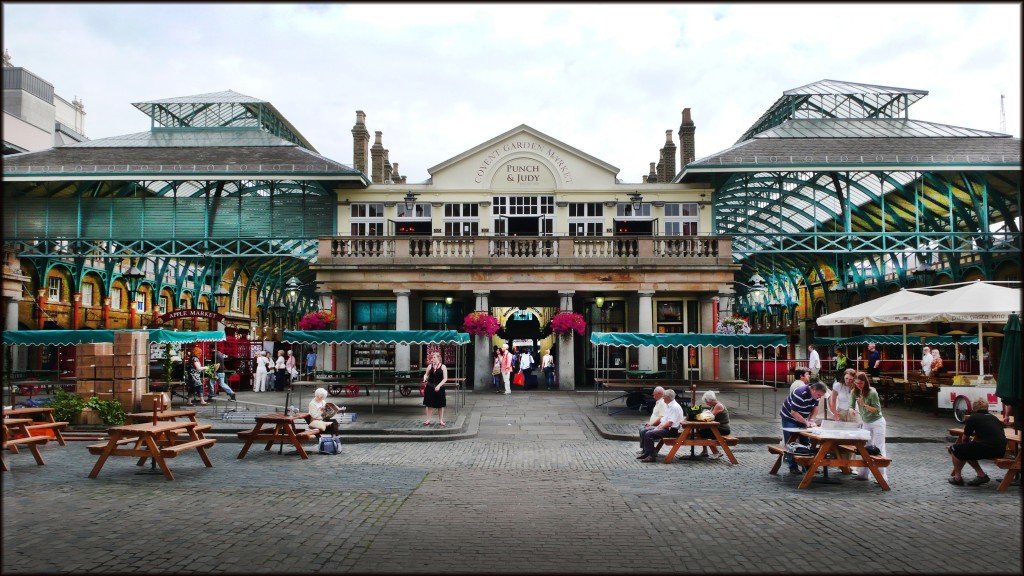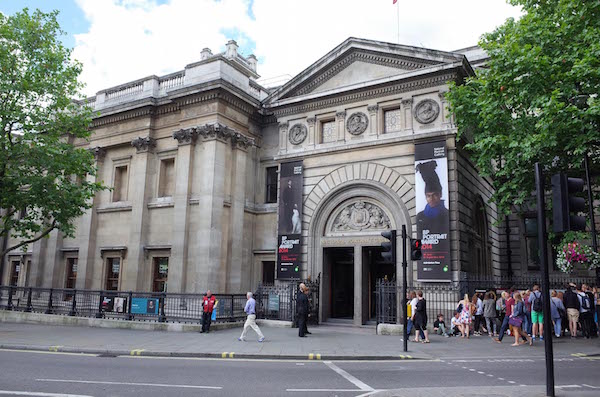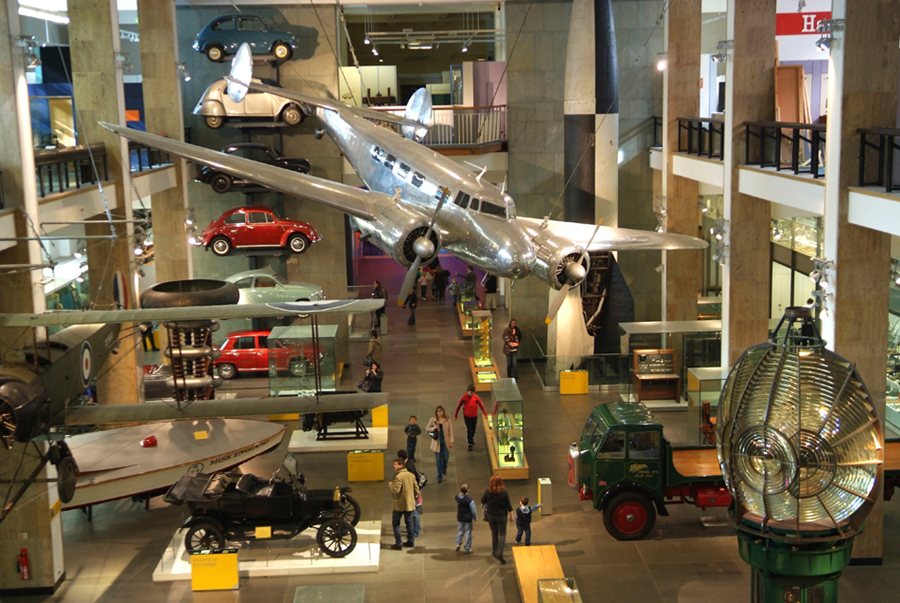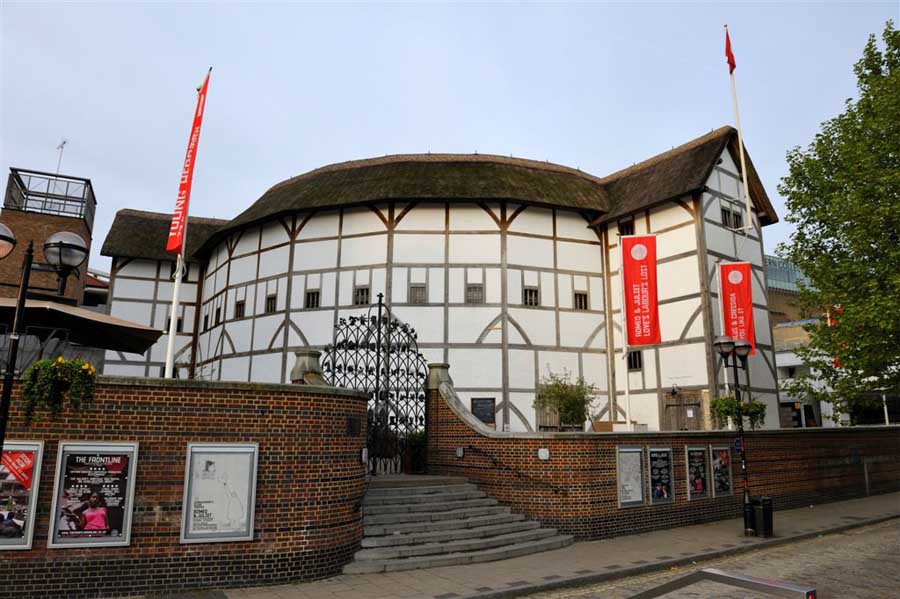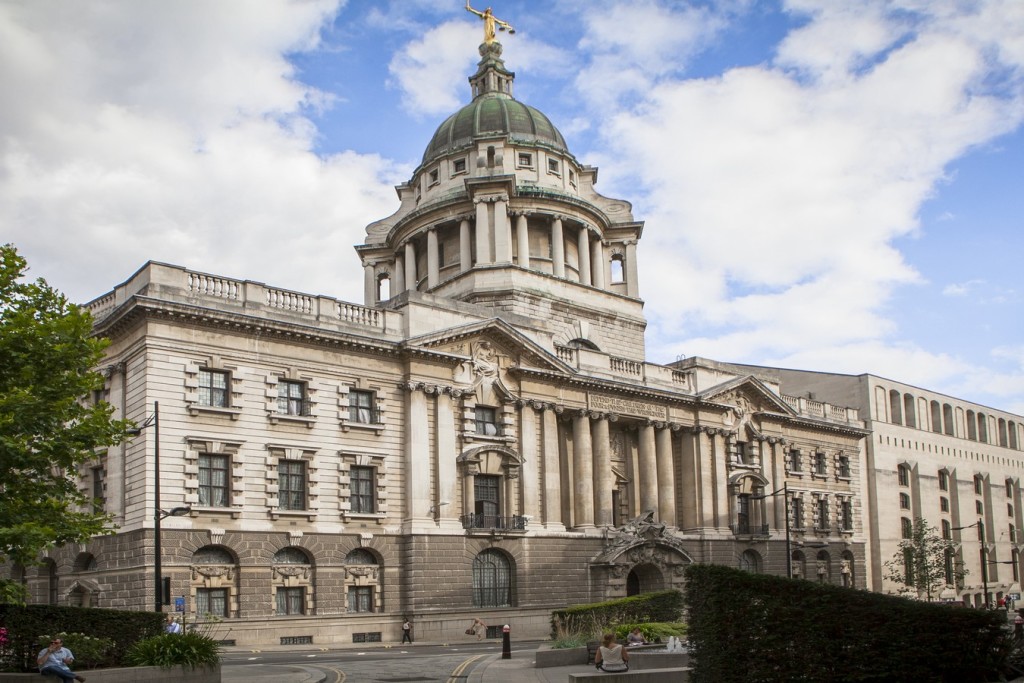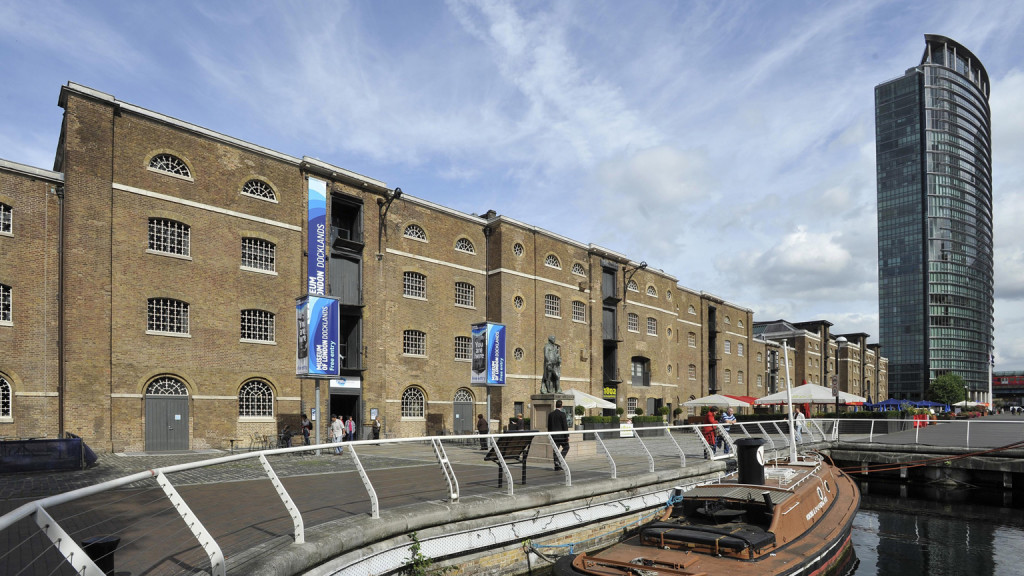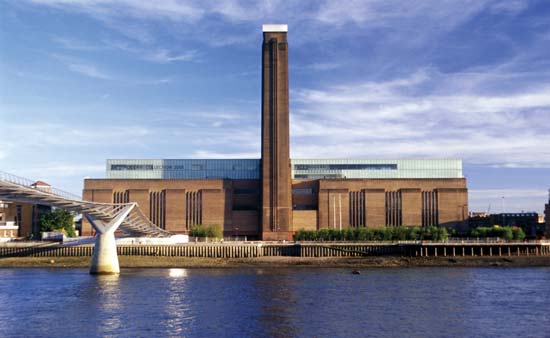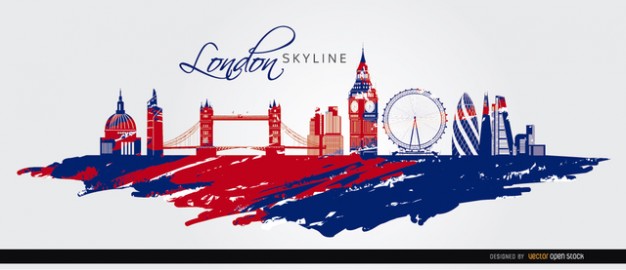
Hallo guys, are you ready for our tour around the amazing city of London? This is a mini guide of the places that we are going to visit there. Enjoy your Tour!
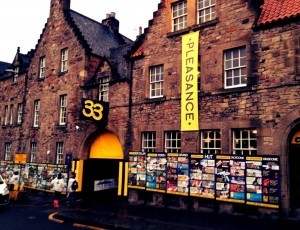 The Pleasance is an independent theatre in north London.
The Pleasance is an independent theatre in north London.
Intrinsically linked to Edinburgh Fringe Festival, the Pleasance has an outpost in Islington as well as a home in Edinburgh.
While its Edinburgh venues (26 in total) come alive during the summer, the Islington Pleasance plugs away all year round turning out new productions and hosting hot comic talent.
Graham Norton, Al Murray, Harry Enfield, Bill Bailey and Harry Hill have all made regular appearances here.

The Crystal is a building on Royal Victoria Dock in east London that contains a permanent exhibition about sustainable development
Due to its innovative architecture and technology the Crystal is one of the world’s most sustainable buildings.
The Crystal opened in 2012 and is home to the world’s largest exhibition on the future of cities, the world’s most sustainable events venue, and office space for global engineering powerhouse Siemens.
The Crystal exhibition is located at the heart of the building. It showcases global trends and challenges, alongside existing technological solutions to build environmentally sustainable, liveable and prosperous cities.
The Crystal is easy to reach, located close to Royal Victoria DLR station, the Emirates Airline, Royal Docks Cable Car station. Nearby destinations include the O2 arena, Canary Wharf and the ExCel centre.
 Emirates Air Line is a cable car link across the River Thames in London, England built by Doppelmayr with sponsorship from the airline Emirates. The service opened on 28 June 2012 and is operated by Transport for London. In addition to transport across the river, the service advertises “a unique view of London”. The duration of a single crossing is ten minutes (reduced to five minutes in rush hour as the service speed is increased).
Emirates Air Line is a cable car link across the River Thames in London, England built by Doppelmayr with sponsorship from the airline Emirates. The service opened on 28 June 2012 and is operated by Transport for London. In addition to transport across the river, the service advertises “a unique view of London”. The duration of a single crossing is ten minutes (reduced to five minutes in rush hour as the service speed is increased).
The service, announced in July 2010 and estimated to cost £60 million, comprises a 1-kilometre (0.62 mi) gondola line that crosses the Thames from the Greenwich Peninsula to the Royal Victoria Dock, to the west of ExCel London. Construction began in August 2011. The cable car is based on monocable detachable gondola (MDG) technology, a system which uses a single cable for both propulsion and support.



